The Invention of Sunglass
Compiled by Asim DEb.
Protective eyewear emerged thousands of years before Ray Bans and Oakleys. They didn’t even feature glass until a few hundred years ago.
Interesting to know, sunglasses that is better known for today’s fashion item was scientifically developed for the first time by American military, mostly for their air force team, during World War II and that encouraged the sunglass manufacturers, as the necessity and then the fashion, both.
The name Ray Ban came from “banned the sun’s rays”. With World War II brewing in 1936, Ray Ban designed anti-glare aviator sunglasses, using polarized lens technology created by Edwin H. Land, founder of the Polaroid Corporation. They also designed a drooping frame perimeter to shield an aviator’s eyes, which repeatedly glanced downward toward a plane’s instrument panel. Flyers were issued the glasses for free, and then in 1937 people were able to purchase the model that “banned the sun’s rays” as Ray-Ban aviator sunglasses.
As the magazine Business Week bluntly put it in 1947, “Dark glasses were once the badge of the blind man. Hollywood turned them into a fad; today they are a feminine style item in avid demand by young and old.”
History:
Even Before Glass, There Were Sunglasses.
Many historians credit the Inuit (people of northern Canada and parts of Greenland and Alaska, during old times) and people in the Arctic with inventing what were, in effect, the first sunglass kind of eye-gear, though they contained no glass at all. Believed to date back thousands of years, they crafted protective eyewear with narrow horizontal slits to reduce the blinding glare of sunlight falling on their eyes. They used mostly leather, both the eye-hole and also the strip to hold around the head.
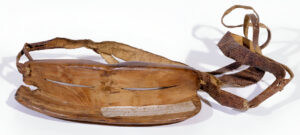
Early sunglasses served a special purpose, and it wasn’t always to block the Sun rays. Example, Chinese judges had routinely worn smoke-colored quartz lenses, as a practice to conceal their eye expressions in the court. These were also worn by the monks and scholars.
The first sunglasses were believed to be invented in China. They began making dark glasses, using smoky quartz rather than glass for lenses, sometime during the Song Dynasty (A.D. 960 to 1279), according to British science historian Joseph Needham. Because they concealed the wearer’s eyes, some judges adopted them to “disguise from litigants their reaction to the evidence,” The coloured glasses were a crude slab of smoked quartz that was made to block out the light from the sun. These darkened lenses, made only for the very rich people, were not scientifically vision-corrected, nor they were able to protect against harmful UV rays, but they provided some relief from having the bright sun constantly shining into their eyes.
Some historical documents claim Italy invented sometime between 1268 and 1289. The inventor is unknown. These glasses were held in front of the eyes or balanced on the nose. However, there are evidence that Italy had vision-correcting darkened eyeglasses made around year 1430.
Then the Venetians Introduce Glass to Sunglasses
Cornell University anthropologist Meredith Small asserts that it’s certain that Venetians invented sunglasses: “In the 17th century, they manufactured tinted lenses meant for entertainment or to hide behind,” she wrote. “These lenses, set in metal frames or a monocle, were multi-faceted and reflected multiple images, like the eye of a fly.” By the 18th century, Venetian opticians were producing emerald-green lenses for ship commanders and seamen. “The idea was to dampen the reflection of the sun on water,” Small explains. These tinted spectacles came to be known as “Goldoni glasses,” after the celebrated Venetian playwright Carlo Goldoni.
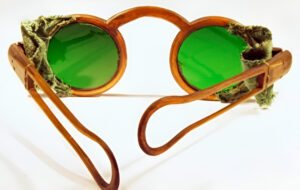
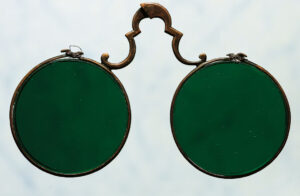
Around 1750, James Ayscough, the English optician often credited as the inventor of modern sunglasses, began advocating for tinted lenses, particularly in shades of green and blue. In his 1752 book, he mentioned, “the common white glass gives a glaring light, very prejudicial to the eyes, and on that account green and blue glass has been advised, though they make every object appear with their own hue.”
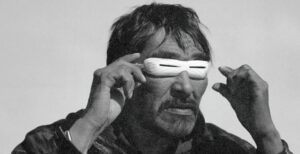
Tinted glasses gained popularity when Thomas Jefferson and Benjamin Franklin were known to own pairs. Franklin’s own Pennsylvania Gazette featured some of the earliest advertisements for tinted eyewear.
Slowly baseball players began adopting them for more utilitarian reasons. In 1912, Pittsburgh Pirates manager Fred Clarke invented “flip-down sunglasses” attached to their caps, offering on-field protection with a simple, practical flourish.
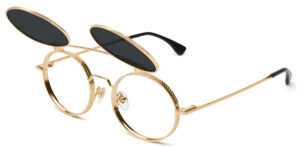
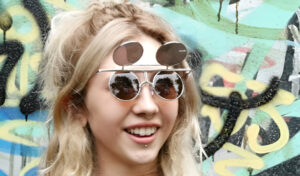
The early modern sunglasses came in market in the 20th century, when Hollywood stars began using them to shield their eyes from the bright studio lights.
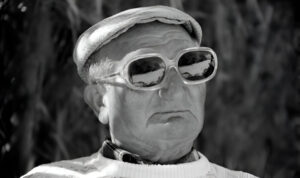
Hollywood actor Harold Lloyd was known for wearing tortoise-shell spectacles with large, round lenses. His photos and Hollywood movies created a fashion craze. In 1929, Sam Foster, founder of the Foster Grant company sold the first pair of Foster Grant sunglasses on the Boardwalk in Atlantic City, NJ. By 1930, sunglasses were all the rage.
In 1913 Englishman Sir William Crookes created a lens capable of absorbing both ultraviolet and infrared light. Further, the sunglass designs were accomplished in order to meet the needs of military pilots in World War II (1939 – 1945). The Army Air Corps commissioned optical firm of Bausch & Lomb to make eyeglasses to protect pilots from high altitude glare. Company physicists and opticians perfected a special dark-green tint that absorbed light in the yellow band of the spectrum. As a result, manufacturers began to market sunglasses that were both practical and fashionable. With World War II at far sight, in 1936, Ray Ban designed anti-glare aviator glasses, using new polarized filter lens technology created by Edwin H. Land, allowing glasses to protect against harmful UV rays for the first time and a year later the public was able to purchase the model that “banned” the sun’s rays as Ray-Ban aviator sunglasses. In 1938, Life magazine reported that over 20 million pairs were sold in the previous year, the magazine also noted that only about a quarter of wearers actually needed them for health purpose.
By the 1940s, slowly an industrial sector was developed with many manufacturers whereas only a few decades earlier none existed. By the latter half of the 20th century, spectacles were considered part of a person’s wardrobe. Similar to clothes, eyeglasses needed to be continually updated or a person could be perceived as old-fashioned. More and more celebrities were influencing spectacle fashion, for example, in the 1970s Jacqueline Kennedy Onassis helped to popularize oversized lenses

In 2004, Oakley, the eye-wear company, developed Thump, sunglasses with built-in digital audio player.
Source:
GlassHistory, Museum of Vision, Idea Finder, Wikipedia)
https://www.history.com/articles/sunglasses-history
https://fadmagazine.com/2020/09/17/7-sunglass-innovations-you-need-to-know-about/#google_vignette
*******
If you are about to buy sunglass, you should take a quick look at the following:
* Blue Light Filter:
It limits the amount of blue wavelength that enters your eyes whenever you are exposed to computer screens, phones, and other similar electronic gadgets. Excessive exposure to blue light can be detrimental to your eyesight and blur your vision.
* Durable Material:
It is necessary for workplaces with high-risk factors, such as in construction, medical laboratories, and welding. As such, more and more eyeglasses are built with tougher material to provide tougher protection against debris, strong outside force, and hazardous chemicals.
* Eyewear for Sports:
Sportspersons need a proper pair of lenses to protect their eyes, and clearer vision and does not add any unnecessary weight or distraction.
* Improved Driving:
Driving can be a little dangerous when you have blurry vision. It especially becomes more difficult during rainy days. Some glasses are crafted with sensors that help provide directions to the wearer and provide a clearer view of the road ahead.
Programmed and Automatic Lens Adjustment:
* Technology has made it possible for regular eyewear to take on the movements and functions of an actual eye or pupil. The lens with programmed and automatic adjustment features makes it easier to improve vision in real-time, as an actual eye would. It makes it convenient for people with specific eye concerns to see more clearly minus the hassle of having to wipe one’s eyeglass lenses.
******

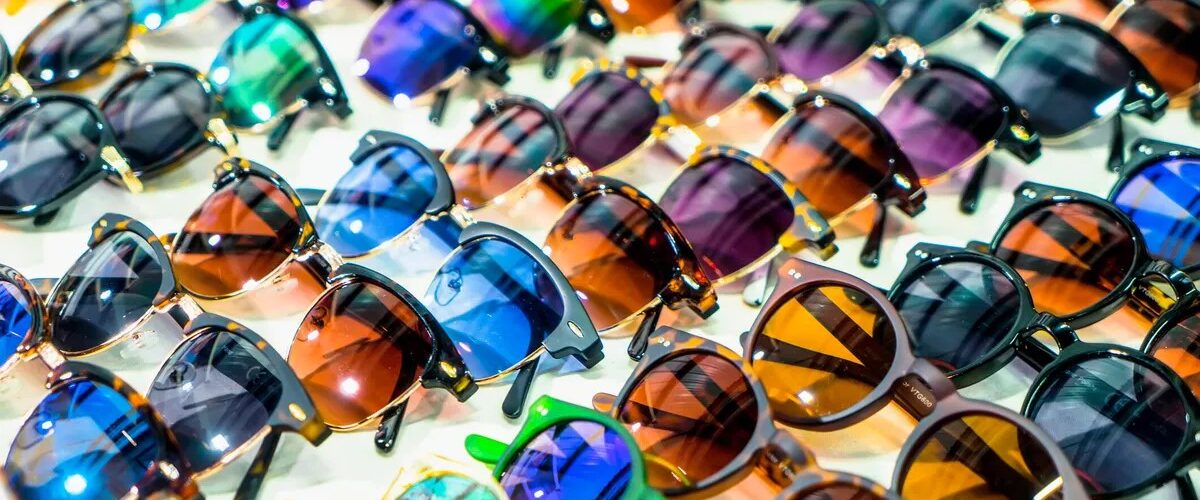













Add comment